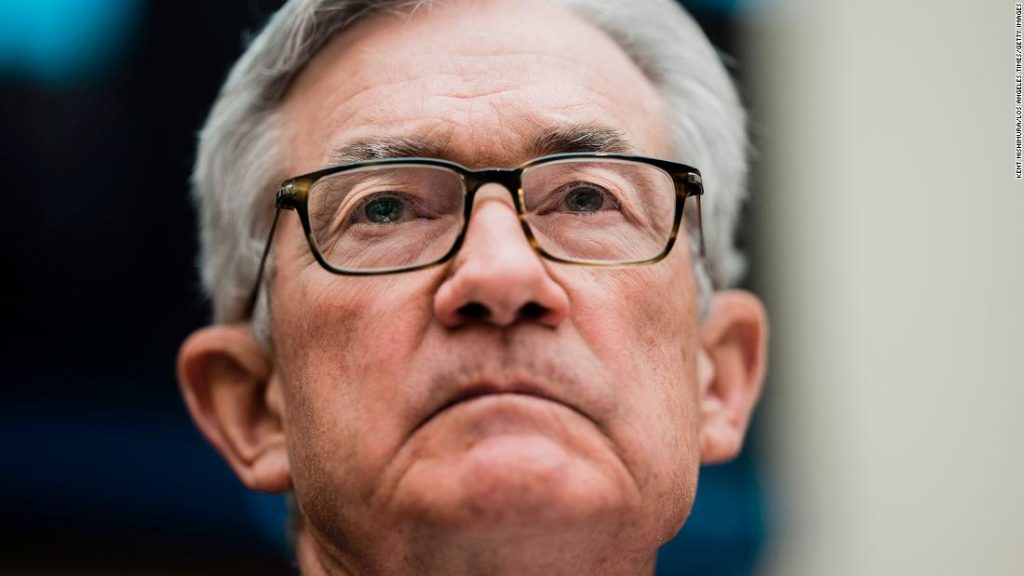Federal Reserve Chairman Jerome Powell has begun to sound more hawkish in recent weeks, but he may not want to move as aggressively as Pollard would like. But it is clear that rates will likely start to rise a lot soon.
“The Fed should have seized the opportunity to raise rates earlier. There is so much it can do now, it’s almost too late,” said Johann Grahn, vice president and head of ETFs at AllianzIM. “But they have to move forward with this, and unfortunately the recipe for that is to move more aggressively with higher rates.”
Investors are also pricing in a more than 70% probability that the Fed will raise interest rates by three-quarters of a percentage point in June. That would leave the Fed’s short-term interest rate at 1.5%, a dramatic rise since the start of the year, when rates were still close to zero.
The Fed is in a difficult situation right now, according to Jose Torres, chief economist at Interactive Brokers.
“They have to tighten fast and pray that nothing breaks. It’s the only policy they have,” Torres added. “Delays in raising interest rates reduce the Fed’s flexibility.”
Recession fears are growing
That’s exactly what happened when the Federal Reserve aggressively raised interest rates to 20% in the late 1970s and early 1980s under the late Paul Volcker to fight double-digit inflation. The result was a double-dip recession, then a brief recession in 1980 followed by another downturn that lasted from mid-1981 until late 1982.
With that in mind, the Fed must be prepared to turn quickly to reverse any damage that comes from higher interest rates, which the Fed has historically done. It started cutting interest rates in July 1995, for example. And in 2001, after the massive stock market crash, the Federal Reserve reversed course and cut interest rates 11 times.
Jenny Renton, a partner at Ruffer Investment Management, fears the Fed is likely to be too aggressive with raising rates as it is of late trying to get inflation toothpaste back into the tube.
She is worried that the Fed’s rate hike could lead to a recession. This means that the Federal Reserve may need to cut interest rates quickly again, which leads to more volatility.
She added, “People are talking about a policy error coming from the Fed, but it has already happened. The Fed has been very behind the curve with inflation. Now they will have to respond to the pressures of the recession.”
However, others believe that the Fed should remain more focused on inflation concerns than concerns about an eventual slowdown. After all, the job market is still tight, with the unemployment rate at just 3.6%…not far from a 50-year low. The Fed has a so-called double mandate: it needs to focus on price stability And maximum employment.
“I think that [the Fed] Brad Conger, deputy chief investment officer at Hirtle Callaghan & Co. , in an email to CNN Business, said, “Additional pressure on prices from the Ukraine war has made this account even more stimulating.”
“Before the war, it was reasonable for inflation to gradually recede to the 3% range. Given the effects of the war and the outbreak of Covid in China now, we would be lucky to see CPI inflation below 5%,” Konger added. .

“Extreme travel lover. Bacon fanatic. Troublemaker. Introvert. Passionate music fanatic.”







More Stories
Best National Burger Day Deals 2024
Trump attacks Fed for ‘playing politics’ with historic rate cut
Tesla “Magnificent Seven” (TSLA) shares report third-quarter earnings this week. Is it a buy before the results?